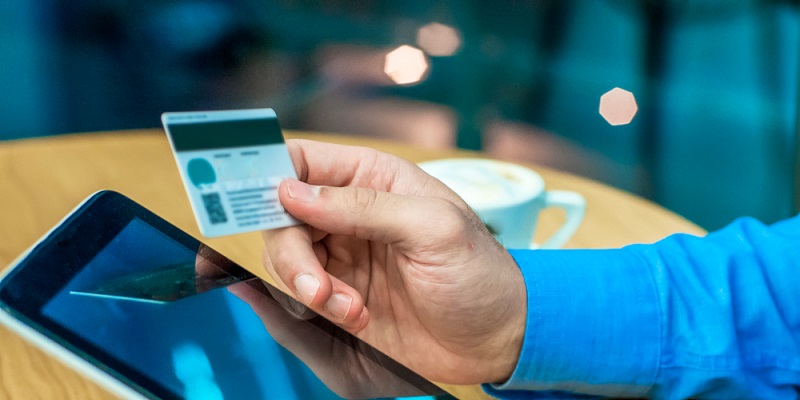The modern world is driven by convenience and speed, and this attitude is reflected in the way we choose to pay for goods and services. Over the last decade, reliance on cash has gradually shrunk as more consumers, across all generations, choose to check out with some form of digital payment. This shift can be attributed to a combination of changing attitudes towards money, technological advancements, economic factors, and the impact of the COVID-19 pandemic.
Reliance on cash is shrinking
Digital payment usage across generations has increased exponentially over the past few years. Gone are the days when only tech-savvy millennials were using digital payment options like credit cards and mobile wallets. Today, Gen Xers and Baby Boomers are also adopting these payment methods, encouraged by their convenience and the added security they offer.
A major driving force behind the increasing usage of digital payments can be attributed to the COVID-19 pandemic. As the world faced challenges posed by the virus, social distancing and mobility restrictions made cash transactions not only inconvenient but also less safe due to the potential for the spread of the virus through physical exchanges. This led to a significant increase in digital payment usage, as consumers looked for contactless payment methods that minimized the risk of infection.
Merchants adapting to digital payments
Merchants across the globe have quickly adapted to ensure that consumers have a seamless shopping experience regardless of their chosen payment method. Whether it is transitioning to an online store or accepting a variety of contactless payment options at the point of sale, retailers have had to quickly adjust to keep up with changing consumer preferences. Merchants have realized the importance of accepting electronic transactions since they are a critical driver when it comes to the customer experience.
Contactless payments are becoming a way of life. Consumers can tap their phone while at an ATM to quickly access their account and deposit or withdraw money. They can also use QR codes or the NFC capabilities of their phones to complete transactions at retail outlets, restaurants, and other service points. Contactless payment offers several benefits, including affordability and convenience, providing consumers with an ideal alternative to carrying cash.
Negative perception of contactless payments
Despite the numerous benefits of contactless payments, a negative perception of contactless payments persists. Some people worry about privacy and security issues, including the possibility of data breaches. Others prefer the tactile experience of using cash to pay for items. However, as technology and security improve, this negative perception is expected to wane, and the adoption of contactless payment will continue to grow.
The role of merchants in the acceptance of contactless payments is crucial. By offering a wide range of payment options to their customers, merchants can encourage the adoption of the latest payment technologies, such as mobile wallets. These options are easy to use, secure, reliable, and globally accepted. Additionally, merchants can educate and incentivize customers to use electronic transactions over cash, improving the overall shopping experience.
Economic factors affecting payment methods
The state of the economy also affects how consumers pay for goods. In periods of economic stability, traditional methods such as cash and cheques thrive, while during economic instability, electronic payment methods tend to gain popularity since they mitigate the risk of fraud and counterfeiting. The younger generation is more likely to opt for digital payments during economic downturns, compared to older generations who tend to stick to traditional payment methods.
Cash is still predominant in some parts of the world despite the digital shift. In many countries, both developed and developing economies, consumers rely solely on cash as a means of payment due to cultural, regulatory, and infrastructural barriers to electronic payments. Financial inclusion efforts have slowly addressed the issue, but there is still some way to go to make digital payments accessible to everyone.
Advancements and efforts take time
These gradual advancements and efforts aren’t happening overnight. Even in countries where electronic payments are the norm, small businesses continue to struggle with the transition. Upgrades are necessary for some businesses to accept electronic payments, which can be cost-prohibitive and time-consuming. Furthermore, the shift in consumer behavior towards digital payments will not happen overnight, but it’s important to continue progress towards wider adoption.
Digital payments are revolutionizing the way we pay for goods and services. The switch from cash-based payments to electronic payments is being driven by both merchants and consumers. The adoption of digital payments offers various benefits, such as convenience, security, and affordability. Although the COVID-19 pandemic hastened the transition towards digital payments, this trend initiated much earlier. The gradual shift towards electronic payments is predicted to progress as merchants and consumers alike embrace this useful advancement.

